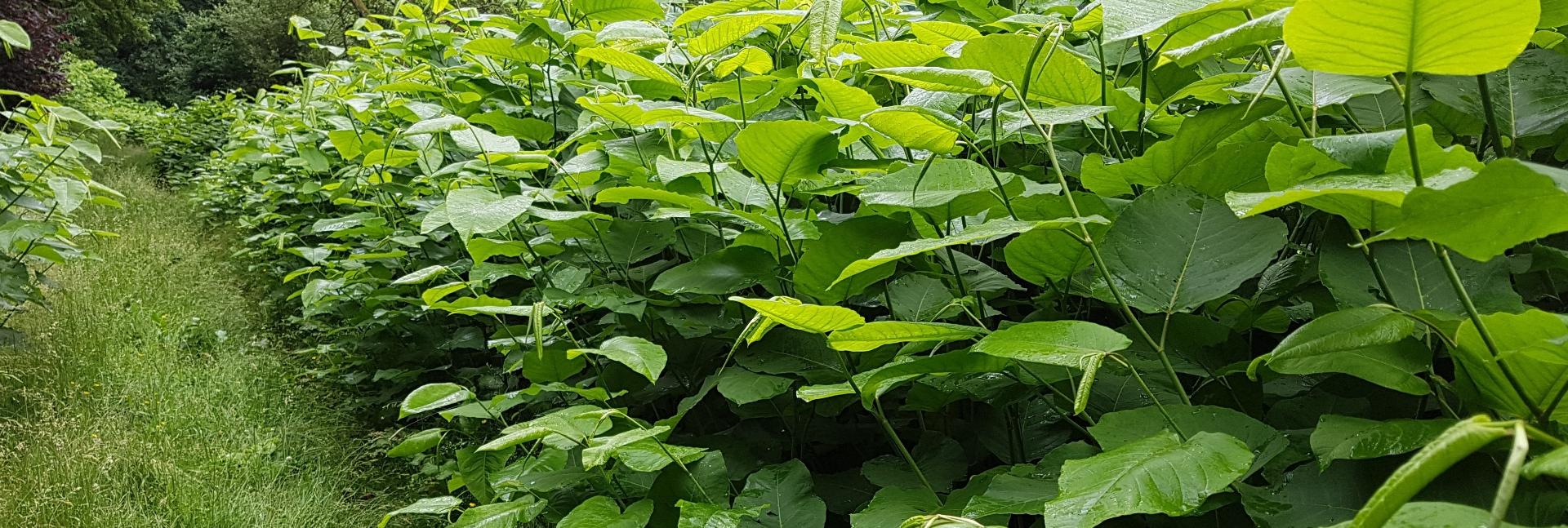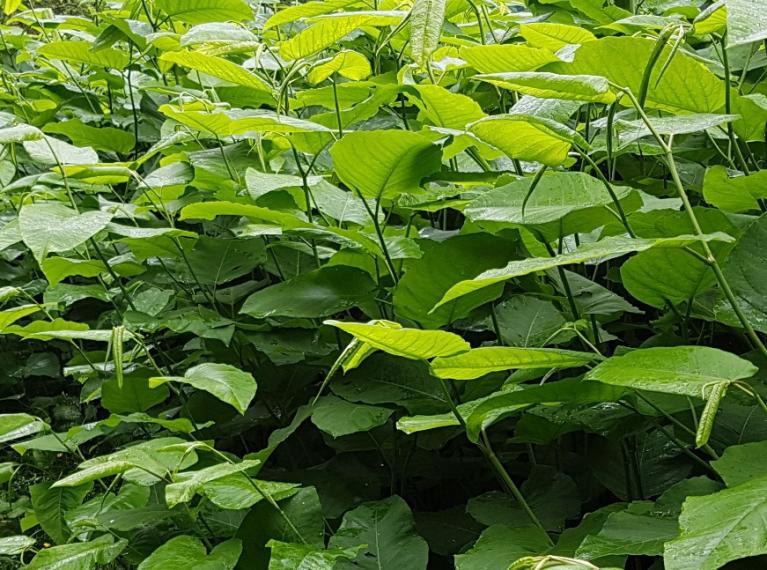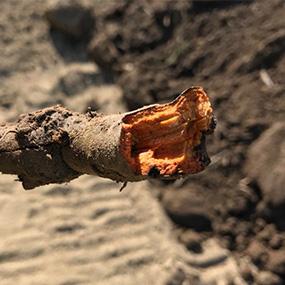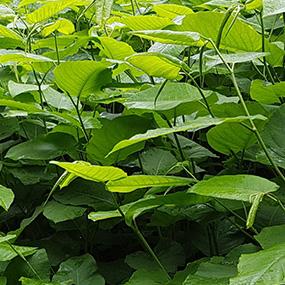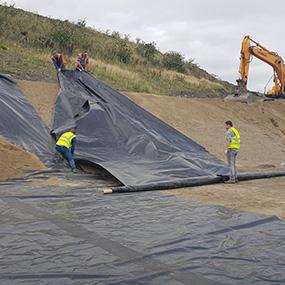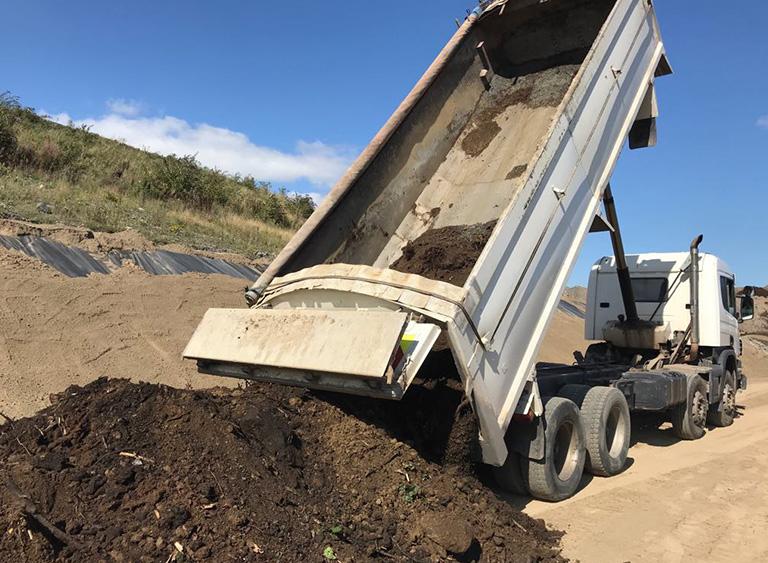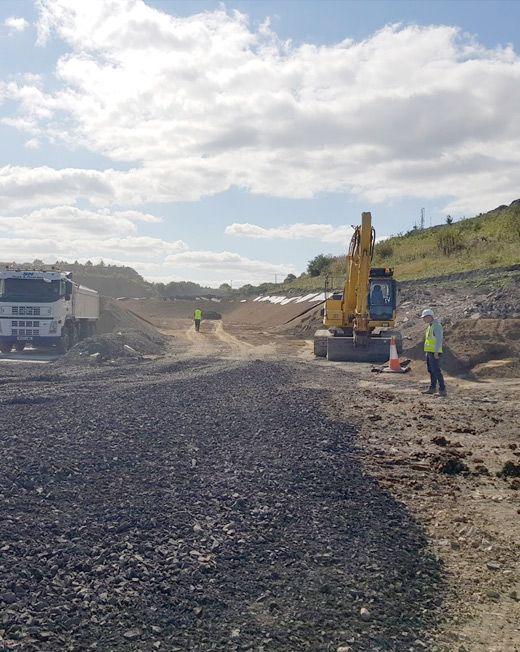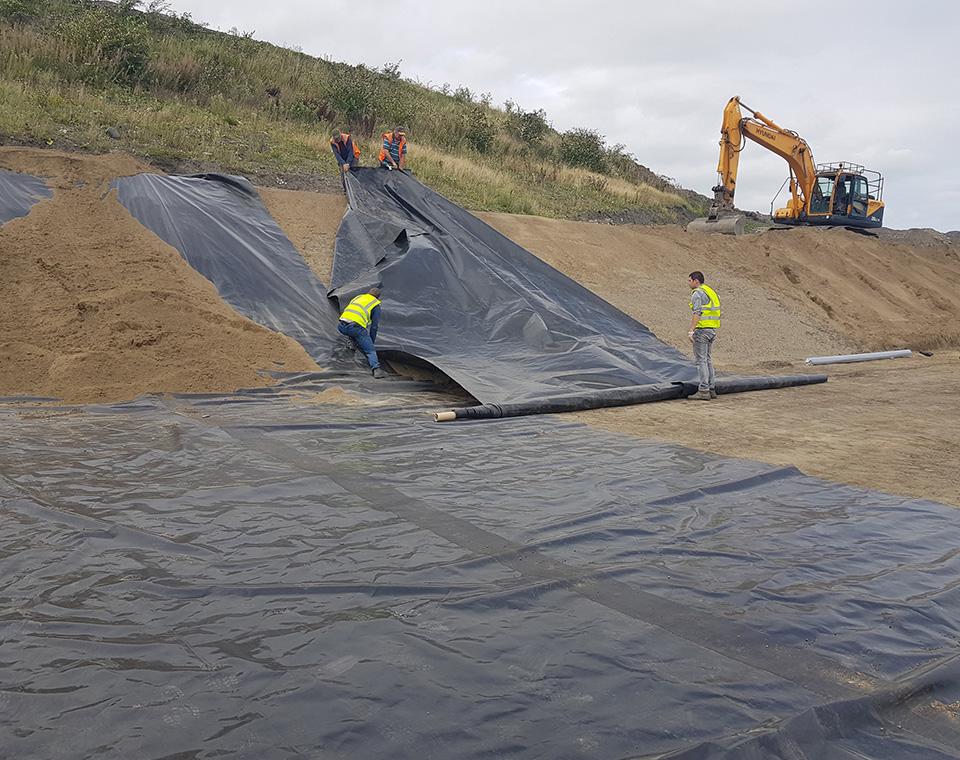
The problems with Japanese Knotweed
Japanese knotweed is an extraordinarily aggressive and fast-growing invasive species which poses a substantial threat to the built and natural environment. The knotweed is capable of damaging built environments by exploiting cracks and weaknesses in tarmac and paving or mortar as the rhizome root system extends in search of moisture.
The problems it causes to the floral environment are even greater, damaging biodiversity and increasing flooding risks as the plant wins out over native species.
IMS provide one of the only licenced facilities in Ireland for the off-site biosecure disposal of Japanese knotweed. Now that Invasive Species Surveys have recently become a planning application requirement in many Local Authority areas, this service will prove vital to many developments.


